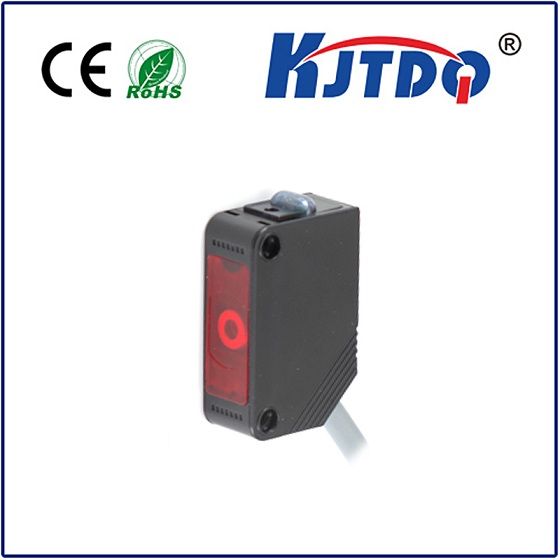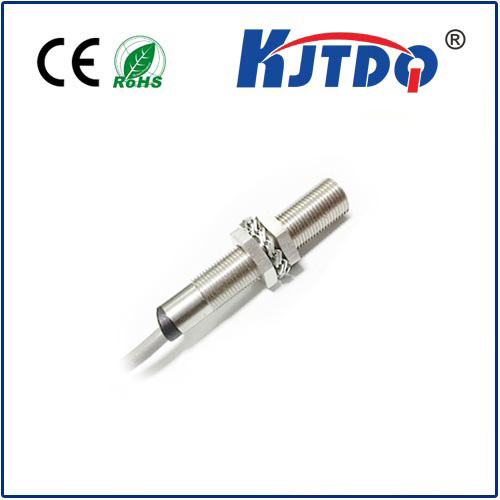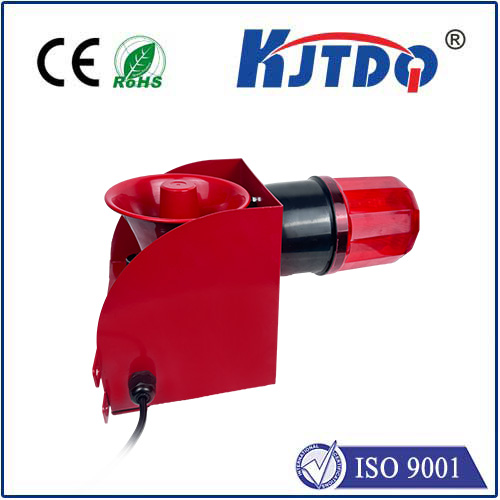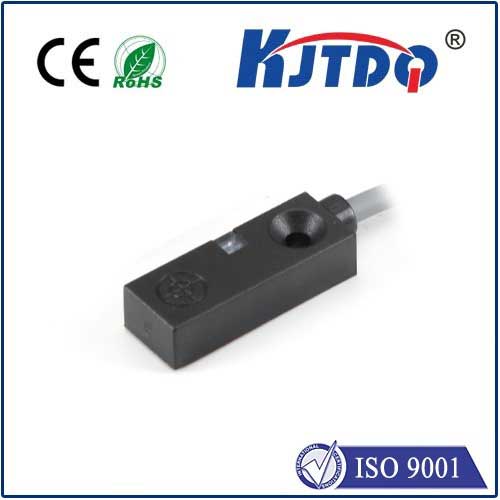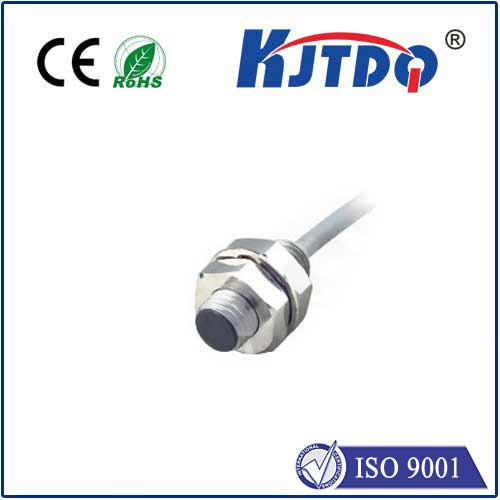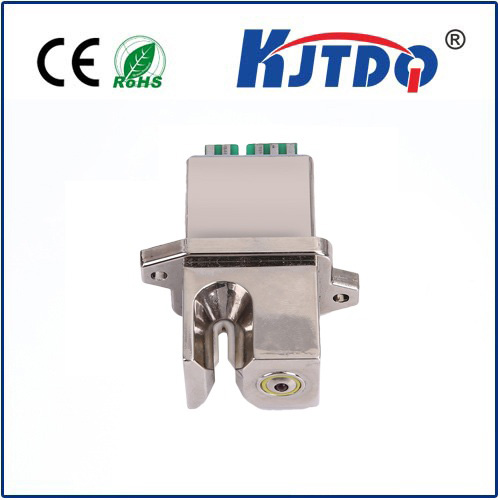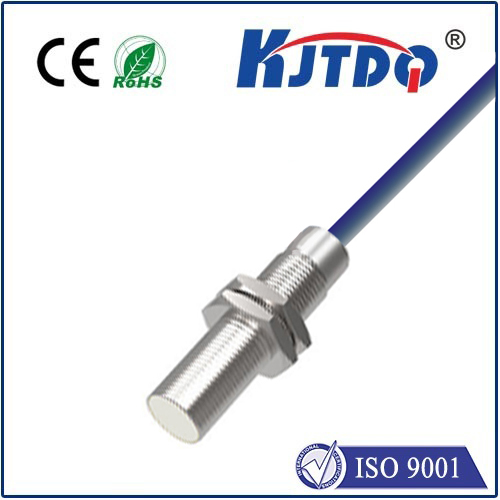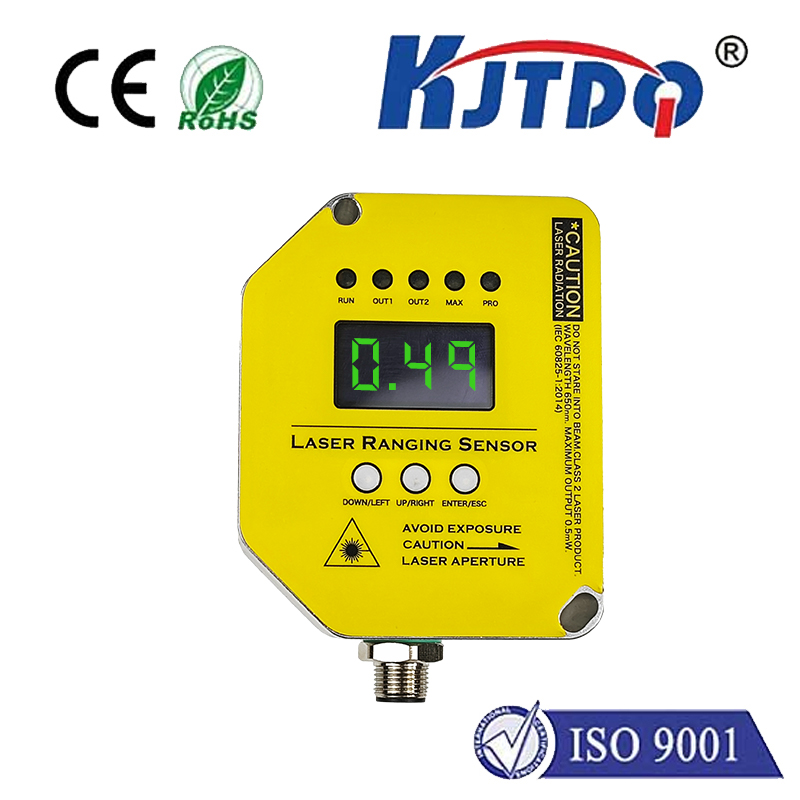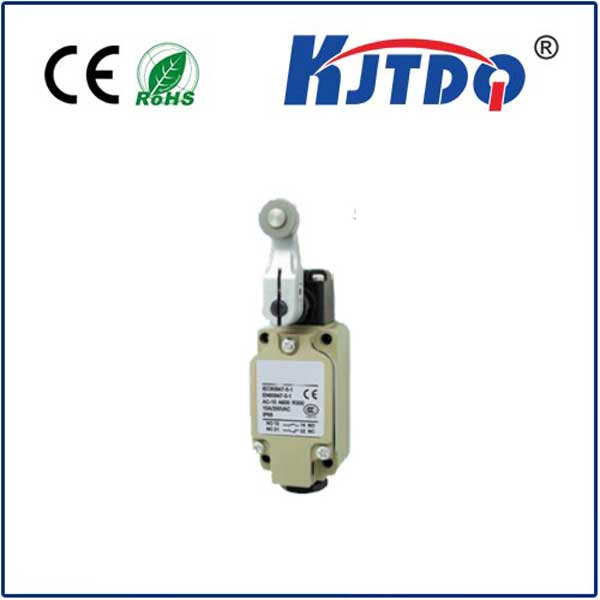
check

check

check

check

Title: The Versatile Applications of Photoelectric Laser Sensors In the rapidly advancing world of technology, photoelectric laser sensors have become a cornerstone in various industries, offering precision, efficiency, and reliability. These innovative devices harness the principles of both optics and electronics to detect and measure physical quantities, making them indispensable for an array of applications. This article delves into what photoelectric laser sensors are, how they function, and their significant applications across different sectors. What is a Photoelectric Laser Sensor? A photoelectric laser sensor is an electronic device that converts light into an electrical signal using a photodetector and typically features a laser as the light source. It operates based on the principle of optoelectronics, where changes in light intensity or reflection are measured to detect certain characteristics of an object or environment. These sensors can accurately measure distance, vibrations, speed, presence, color, and other properties with high resolution and speed. How do Photoelectric Laser Sensors Work? Photoelectric laser sensors consist of several key components including a laser diode, a photodetector, and associated electronic circuits. The laser diode emits a coherent beam of light which is directed towards a target. When the light hits the target, it might get reflected back to the photodetector or pass through to another detector, depending on the type of sensor configuration. Changes in the intensity or position of the returned or transmitted light can be translated into electrical signals. These signals are then processed and converted into a format that can be easily read and used in monitoring, controlling, or automation tasks. Applications Across Different Sectors Industrial Automation: In manufacturing, photoelectric laser sensors are crucial for precision measurements, alignment, and quality control. They ensure products are properly assembled, packaged, and meet size and shape specifications. Moreover, these sensors aid in the automation of production lines by monitoring conveyor belts, counting items, and ensuring safety by stopping machinery when foreign objects are detected. Automotive Industry: Modern vehicles are equipped with photoelectric laser sensors to enhance safety and convenience. For instance, they are used in Advanced Driver Assistance Systems (ADAS) like adaptive cruise control, lane-keeping assistance, and parking assist systems. These sensors provide accurate data on vehicle positioning, surrounding objects, and movements, enabling better decision-making by the car’s onboard computer systems. Medical Field: Photoelectric laser sensors find applications in non-invasive medical devices such as pulse oximeters, which monitor oxygen saturation levels in the blood by measuring the absorption of light passing through a patient’s fingertip or earlobe. Additionally, these sensors are used in surgical instruments for precise cutting and coagulation, minimizing invasiveness and improving patient outcomes. Environmental Monitoring: In environmental science, photoelectric laser sensors play a vital role in atmospheric studies, such as measuring air quality by detecting pollutants like carbon monoxide or particulate matter. They also contribute to weather forecasting by assessing variables like wind speed, humidity, and temperature with high accuracy. Security Systems: Security systems benefit from photoelectric laser sensors through functions like motion sensing and intrusion detection. These sensors can trigger alarms upon detecting unauthorized movement or entry, providing an effective deterrent against theft or unlawful access. Conclusion The integration of photoelectric laser sensors across myriad industries underscores their importance in our technologically driven world. As innovation progresses, we can expect these sensors to further evolve, offering even more precise measurements, faster response times, and new functionalities, thereby continuing to enhance efficiency, safety, and convenience in everyday life.
